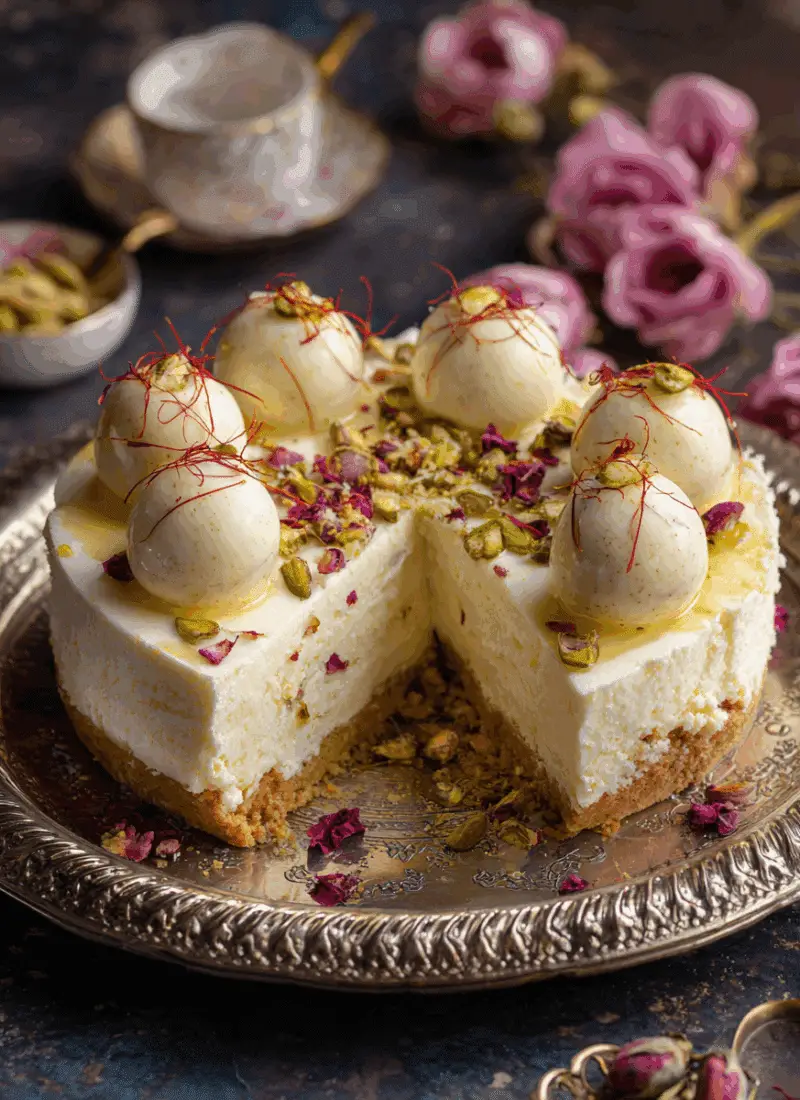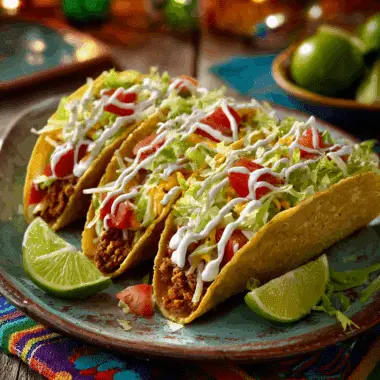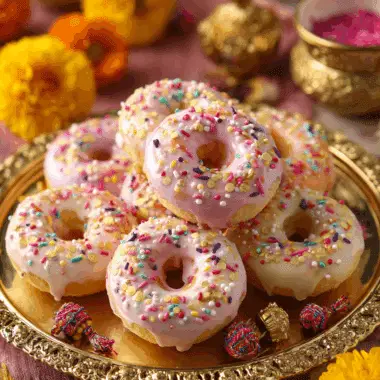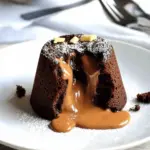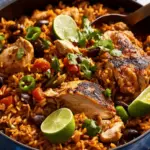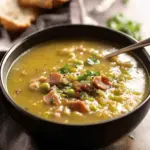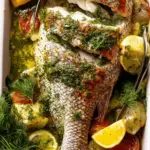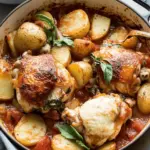Celebrate Raksha Bandhan with a sweet fusion that blends tradition and indulgence—Rakhi Rasgulla Cheesecake. This East-meets-West dessert combines the syrupy softness of Indian rasgullas with the smooth richness of a Western-style no-bake cheesecake. Layered with a buttery biscuit crust, creamy cardamom-scented cheesecake filling, and topped with juicy rasgullas and saffron strands, this dish is a showstopper for festive tables.
FULL RECIPE
Ingredients
1.For the crust:
- 1 ½ cups digestive biscuits or graham crackers, crushed
- ¼ cup unsalted butter, melted
2.For the cheesecake filling:
- 2 cups cream cheese, softened
- ¾ cup powdered sugar
- 1 cup heavy whipping cream
- ½ teaspoon cardamom powder
- 1 teaspoon rose water (optional)
- 1 teaspoon vanilla extract
3.For the topping:
- 10–12 rasgullas (store-bought or homemade), squeezed gently to remove excess syrup
- A few strands of saffron soaked in 1 tablespoon warm milk
- Crushed pistachios or almonds (for garnish)
- Edible rose petals (optional, for garnish)
Directions
- Prepare the crust:
In a mixing bowl, combine crushed biscuits with melted butter. Mix until the texture resembles wet sand. Press the mixture into the bottom of a springform pan (7 or 8 inches). Use the back of a spoon or glass to level it. Chill in the refrigerator for at least 30 minutes. - Make the cheesecake filling:
In a large bowl, beat cream cheese and powdered sugar until smooth and fluffy. Add cardamom powder, rose water (if using), and vanilla extract. In a separate bowl, whip the heavy cream until stiff peaks form, then gently fold it into the cream cheese mixture. - Assemble the cheesecake:
Pour the filling over the chilled crust and smooth the top with a spatula. Refrigerate for at least 6–8 hours, or overnight, to allow it to set properly. - Add rasgullas and garnish:
Once the cheesecake is set, gently place the drained rasgullas on top, pressing lightly so they sit firmly. Drizzle with saffron milk and sprinkle crushed pistachios and edible rose petals for a festive look. - Serve:
Carefully remove the cheesecake from the springform pan. Slice using a hot, clean knife for best results. Serve chilled as a rich, creamy, and fragrant centerpiece to your Raksha Bandhan celebration.
Nutrition Facts
- Calories: 360 kcal
- Total Fat: 24g
- Saturated Fat: 14g
- Cholesterol: 70mg
- Sodium: 160mg
- Total Carbohydrates: 30g
- Dietary Fiber: 0.5g
- Sugars: 20g
- Protein: 5g
- Vitamin A: 18% DV
- Calcium: 10% DV
- Iron: 4% DV
Fusion of Cultures in a Single Dessert
Rakhi Rasgulla Cheesecake beautifully exemplifies the harmony between traditional Indian sweets and Western culinary techniques. The cheesecake element offers a smooth, creamy texture reminiscent of classic New York-style cheesecakes, while the inclusion of rasgullas—spongy, syrup-soaked Indian cottage cheese balls—adds a nostalgic cultural twist. This fusion represents more than just flavor; it symbolizes the bond between generations and traditions, making it an ideal dessert for Raksha Bandhan. It also serves as a gateway for younger or international audiences to experience Indian flavors in a familiar format.
Nutritional Composition and Health Considerations
While this dessert leans toward indulgence, it also provides notable nutritional elements. The cream cheese and rasgullas offer a source of protein and calcium, supporting bone health. Cardamom, a key flavoring, is known for its antioxidant properties and digestive benefits. Pistachios and almonds used as garnish add healthy fats and fiber. However, due to its sugar and fat content, moderation is key for those monitoring calorie intake, blood sugar levels, or dietary fats. A lighter version could use low-fat cream cheese, reduced-sugar rasgullas, or natural sweeteners like stevia.
Flavor Profile and Texture Experience
The flavor profile of Rakhi Rasgulla Cheesecake is multidimensional. The tangy richness of cream cheese is softened by the sweetness of rasgullas, while cardamom and rose water impart floral, aromatic notes that evoke classic Indian desserts. The texture is equally compelling—each bite offers a buttery crunch from the crust, a velvety middle layer, and a pillowy rasgulla topping. This combination creates a luxurious mouthfeel that satisfies both traditional and modern palates. The saffron drizzle adds a hint of exotic depth, making the experience truly celebratory.
Customization and Creative Variations
One of the recipe’s greatest strengths is its flexibility. You can replace rasgullas with other Indian sweets like gulab jamun or cham cham for different flavor and color profiles. Infusing the cream cheese with mango puree or kesar (saffron) can create a seasonal version ideal for summer. For a nutty undertone, adding crushed cashews or incorporating a nut-based crust can be a smart tweak. You can even create individual cheesecake cups for a party-friendly version. Vegan adaptations using dairy-free cream cheese and plant-based whipped cream are also possible without compromising taste.
Ideal Occasions for Serving
While designed with Raksha Bandhan in mind, this dessert suits a wide range of celebrations, including Diwali, Holi, Eid, or birthdays. It’s an eye-catching centerpiece that adds elegance to festive tables. Because it doesn’t require baking, it’s ideal for summer months when you want to avoid heating the kitchen. Its rich taste and visual appeal make it suitable for dinner parties or potlucks, where it will likely be a conversation starter. Serving it in slices or mini glass jars can also elevate its presentation for more formal gatherings.
Pairing Ideas and Beverage Matches
Rakhi Rasgulla Cheesecake pairs well with a variety of beverages. A strong masala chai enhances the cardamom and saffron notes, while a cold glass of rose milk or falooda brings complementary floral flavors. For a Western twist, it can be served with a cappuccino or vanilla latte. If you’re planning a multi-course meal, a light Indian entrée such as palak paneer or vegetable biryani can balance the heaviness of the dessert. Adding fresh fruits like mango slices or berries on the side adds brightness and visual contrast to the plate.
Storage and Make-Ahead Tips
This cheesecake is perfect for preparing in advance, making it ideal for busy hosts during the festive season. Once assembled, it should be stored in the refrigerator and consumed within 3–4 days for best taste and texture. Be sure to keep it in an airtight container or cover it with cling film to avoid absorbing odors from other foods. Freezing is not recommended, as it can alter the texture of both the cheesecake and the rasgullas. If you need to prep early, consider making the crust and filling a day ahead and adding rasgullas just before serving.
Presentation and Garnishing Techniques
The presentation of this dessert can be elevated using simple techniques. A ring of rasgullas on top, lightly drizzled with saffron milk and sprinkled with crushed pistachios, creates an inviting appearance. Edible gold or silver leaf (varq) can add a festive sparkle. Using a springform pan ensures smooth sides, while slicing with a hot knife yields cleaner portions. Plating each slice with a dab of rose syrup or garnishing with edible petals enhances visual and sensory appeal. For a more modern presentation, serve in shot glasses or dessert jars with mini rasgullas.
Cultural Significance and Symbolism
On Raksha Bandhan, the act of preparing and sharing sweets is symbolic of the love and bond between siblings. Rasgullas, often served at auspicious occasions, carry emotional resonance, especially in Bengali and North Indian households. By combining this with cheesecake, a globally loved dessert, the dish becomes a metaphor for how traditional values can coexist with modern lifestyles. It also reflects how diaspora communities celebrate festivals with a blend of heritage and innovation, ensuring customs remain relevant across generations.
Ease of Preparation and Accessibility
Despite its gourmet appearance, this recipe is accessible even to beginner cooks. The no-bake nature means there’s no need for an oven, and most ingredients are readily available in Indian grocery stores or supermarkets. Store-bought rasgullas simplify the process, though homemade versions can be used for a more artisanal touch. The recipe also doesn’t rely on any specialty equipment beyond a hand mixer and a springform pan. This makes it an approachable choice for those who want to impress with minimal effort.
Conclusion
Rakhi Rasgulla Cheesecake is more than just a dessert—it’s a cultural conversation on a plate. It celebrates the joy of Raksha Bandhan by merging the nostalgic comfort of Indian sweets with the elegance of Western cheesecake. From its health-conscious potential to its stunning visual appeal, this fusion recipe delivers on every level.

